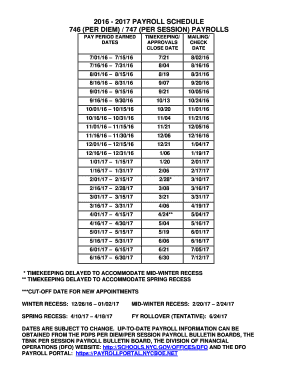

As of 2022, this remains the last election cycle in which the Republican Party won control of the Senate, as well as the last time that the Democrats did not make net gains in the chamber.Īmong the 33 Class 1 Senate seats up for regular election in 2018, twenty-three were held by Democrats, two by independents who caucused with the Senate Democrats and eight by Republicans. The number of defeated non-presidential party incumbents (4) was the most since the 1934 mid-terms. The 2018 election cycle was the first mid-term election cycle since 2002 in which any incumbents of the non-presidential party lost re-election.

The Republican gains in the Senate and the Democratic gains in the House marked the first mid-term election cycle since 1970 in which the president's party made net gains in one chamber of Congress while suffering net losses in the other, which also occurred in 1914, 1962, and 2022. The results for this election cycle were the only significant gains made by the Republicans in what was otherwise characterized as a "blue wave" election. In contrast, Democrats won two Republican-held seats, defeating an incumbent in Nevada and winning the open seat in Arizona. The Republicans increased their majority by defeating Democratic incumbents in Florida, Indiana, Missouri, and North Dakota and holding the open seats in Tennessee and Utah. Republicans, however, only had to defend nine seats, of which only one was in a state won by Hillary Clinton in 2016. Although every Democratic incumbent ran for re-election, Democrats faced an extremely unfavorable map, defending 26 seats, of which 10 were in states won by Donald Trump in the 2016 presidential election, and five of those where Trump had won by more than ten percent. Three Republican-held seats were open as a result of retirements in Tennessee, Utah and Arizona. attorney general and Doug Jones, a Democrat, won in the subsequent special election. The Republicans had a 52-48 majority after the 2016 elections, but they lost a seat in Alabama in December 2017 after Jeff Sessions resigned to become U.S. To maintain their working majority of 50 senators and their party's vice president's tie-breaking vote, Republicans could only afford a net loss of one seat in these elections. Senate Democrats had 26 seats up for election (including the seats of two independents who caucus with them), while Senate Republicans had nine seats up for election. The winners were elected to six-year terms running from January 3, 2019, to January 3, 2025. Among the 100 seats, the 33 of Class 1 were contested in regular elections while two others were contested in special elections due to Senate vacancies in Minnesota and Mississippi. The 2018 United States Senate elections were held on November 6, 2018. Senator Osgood’s Response to on U.S.Rectangular inset ( Minn.Senate District 40 June Newsletter - Senator Ana Maria Rodriguez (pdf) JPublication by Senator Rodriguez.


 0 kommentar(er)
0 kommentar(er)
